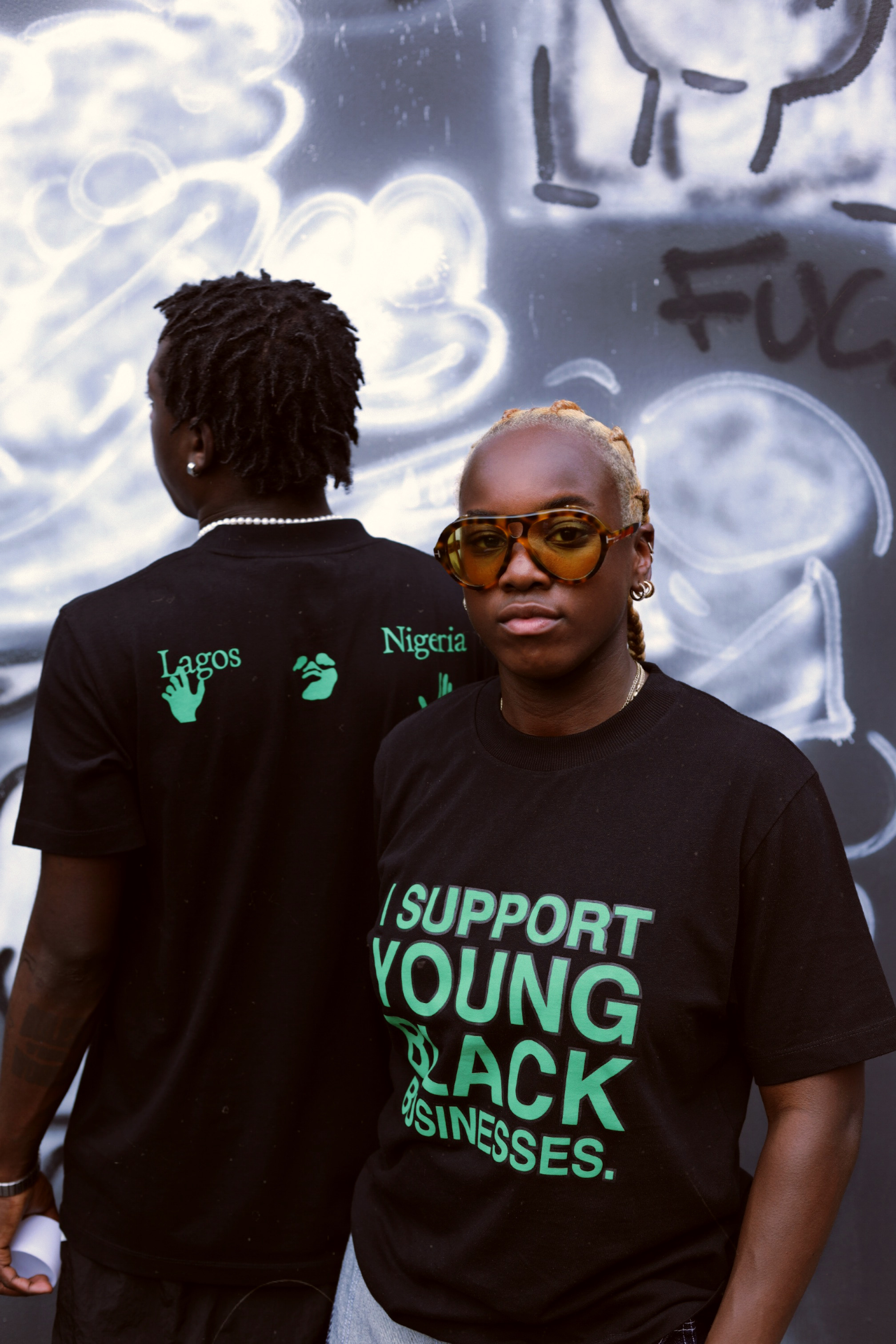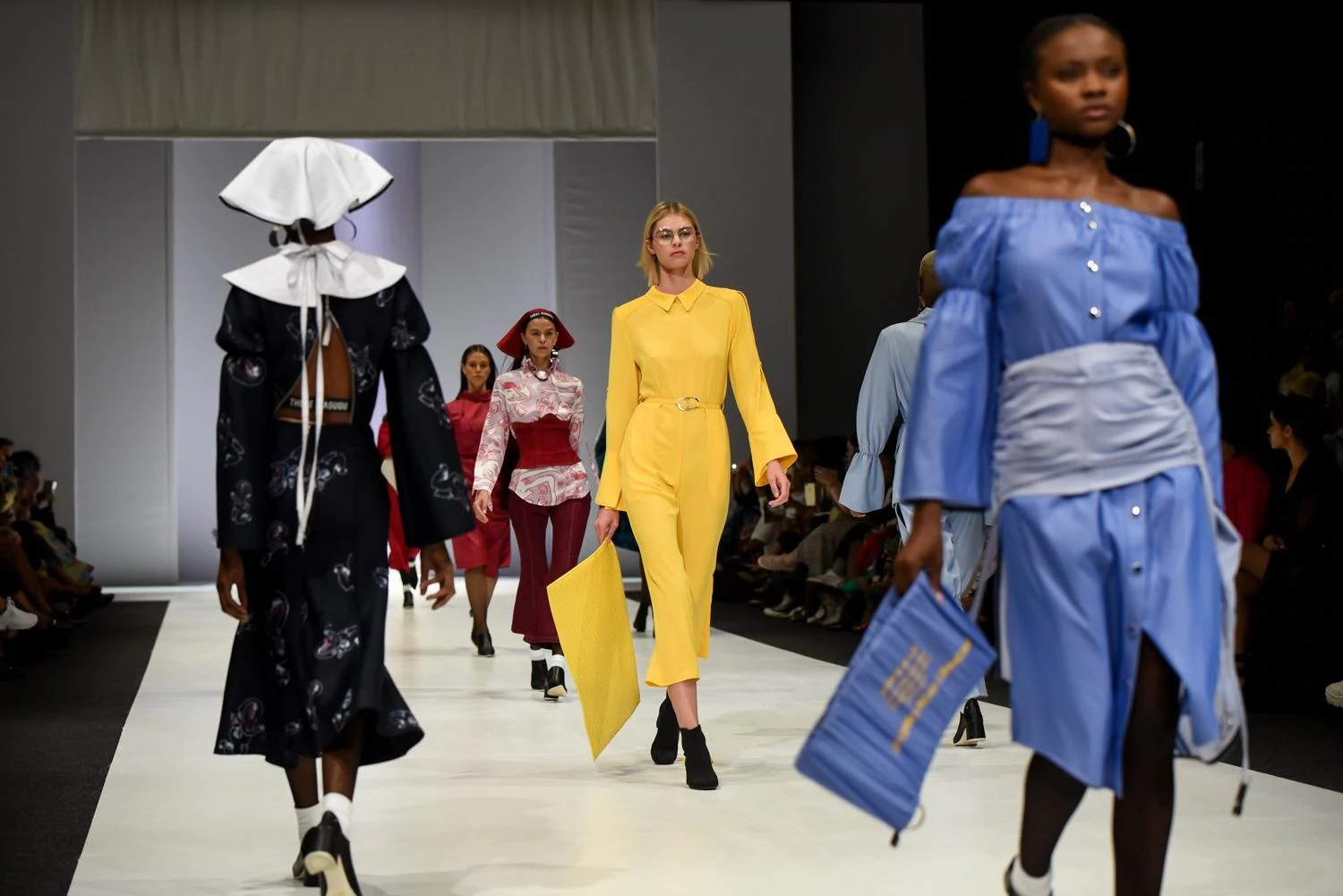In Case You Hadn’t Noticed, Africa Is the New Fashion Frontier

The global fashion industry, like many other industries, is undergoing a transformation. With economic uncertainties, shifting consumer challenges, and a market bogged down by inflation and a cost of living crisis, global brands are now sourcing new and viable markets where they can find fertile ground. Throughout history, Africa has been the inspiration for many fashion collections. Initiatives like Nigeria’s Homecoming festival, where Western brands such as AMBUSH, Tremaine Emory’s Denim Tears, Drake’s OVO imprint, and Off-White™ head to Lagos for the weeklong festival, make it clear that Africa is the next frontier for fashion brands, whether they are on the luxury or streetwear side.
With its varied countries, cultures and tribes, in recent years, Africa has been experiencing accelerated economic growth. Boosted by its youth culture and open for business motto, Africa is home to several of the world’s fastest-growing economies. With a rising middle class, growing urbanisation and an insatiable taste for luxury, it’s no wonder the fashion world is turning its eyes to Africa. While Western fashion is very popular throughout Africa, African consumers are demanding more for their retail offerings. They are no longer willing to accept second or third rate products, and as a result, international brands are making major moves. Michael Kors, Ermenegildo Zegna, GAP, and even Tommy Hilger have all focused their efforts on African markets. They have even taken the bold step of establishing retail outlets on the continent.

Brand-conscious youth culture is gold dust for luxury brands and fashion retailers, and Africa has this in abundance. According to reports, the number of 15-30-year-olds in Africa continues to grow at a staggering rate, making Africa one of the world’s youngest continents. Driven by international exposure through social media and television, Africa’s youth has a keen eye for designer brands like Louis Vuitton, Off-White™, Daily Paper and Casablanca, as well as sport and lifestyle brands like adidas and Nike. A brand-conscious youth subculture has meant that the African middle class is doing away with traditional clothing in favour of more contemporary styles—case in point, South Africa, which is by far Sub-Saharan Africa’s most developed economy. While only a small fraction of the populace can afford consumer goods, emerging markets have meant that aspirational consumers in South Africa purchase luxury brands to express wealth and status. This combined effort has made South Africa one of the largest retail markets in Africa. It is ultimately a sure choice for fashion makers from the West, with brands like Zara and Levi’s finding massive successes there.
Africa is serving the world when it comes to fashion manufacturing, and high profile fashion brands are looking to the continent to produce their garments. PVH group, the parent company of Calvin Klein and Tommy Hilfiger, produce their products in Ethiopia, while Zara outsources its production to Morocco. ASOS sources some of its products from Kenya.

There’s a lot to be said about the low wages paid for labour, as well as exporting talent and minerals that could be used to better the continent. However, Africa’s growing population of urbanising consumers, with a population of 1.37 billion, a burgeoning middle class and aspirational youth with spending power, makes it the apple of the eye of international fashion brands looking for new sectors and emerging markets.
While the true potential of Africa’s fashion industry is yet to be determined, designers from across the world are tapping into the emerging opportunities in Africa. As a result, the business of African fashion is flourishing, and Western luxury brands are taking notice.
Discover more from GUAP’s Fashion section here





![ZINO VINCI’S ‘FILTHY & DISGUSTING’EP BRINGS YOU TO THE CORE OF THE ARTIST [@ZinoVinci]](https://guap.co/wp-content/uploads/2023/10/Zino-4.jpg)



